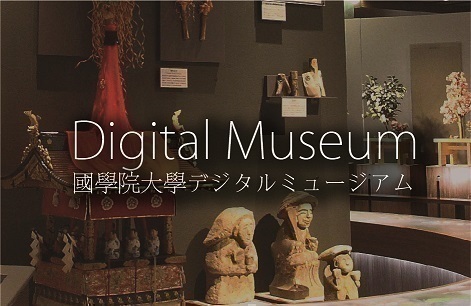- トップ
- Encyclopedia of Shinto
- Kazenokami
Encyclopedia of Shinto
| Main Menu: | |
| Links: |
詳細表示 (Complete Article)
| カテゴリー1: | 2. Kami (Deities) |
|---|---|
| カテゴリー2: | Kami in Folk Religion |
| Title | Kazenokami |
| Text | [Kaze no kami] "kami of wind," also known as fūjin. Japan's geographic setting, in an area exposed to strong seasonal winds, makes the wind an important factor in everyday life, farming, and maritime industries. As a result, Japan has been home to beliefs in tutelaries of wind since ancient times. Another common belief was that a "divine wind" (shinpū) accompanied the coming and goings of kami. The Kojiki, Nihongi and Engishiki list the names Amenomihashira no kami, Kuninomihashira no kami, Shinatsuhiko no mikoto, and Shinatobe no mikoto as kami of wind. Amenohashira no kami and Kuninomihashira no kami are the chief objects of worship (saijin) of the Yamato-region shrine Tatsuta Jinja, which is well known for its Fūjinsai or "wind kami festival," and which has long been the center of a cult dedicated to rituals for protection from wind damage. Among the shrines enshrining Shinatobe no mikoto and Shinatsuhiko no mikoto is the Kazahinomi no miya, a detached shrine (betsugū) of the Grand Shrines of Ise; legend relates that the "divine wind" which blew at the occasion of the thirteenth-century Mongol invasions originated from there. The shrine Anashinimasu Hyōzu Jinja in Nara (and other Anashi shrines nationwide), is said to enshrine a kami of blacksmithing (kajishin), thought to be related to the words anaji and anaze, local terms referring to stormy seasonal winds from the northwest. As a result, these shrines are thought to have originally been patronized as part of a cult for the prevention of damaging winds. Local cults can also be found in many areas involving the use of symbolic scythes or sickles as magical implements to ensure protection from the wind. In addition to such shrine rites to subdue winds and assure abundant crops, observances directed toward the wind kami included magical invocations to the kami, observance of the Kaze matsuri (wind festival), all-night vigils to the wind (kaze himachi), and the performance of traditional lion dances. Most of these rituals were observed around the "210th day"counting from the first day of the old luni-solar new year or risshun-the day believed to signal the start of the typhoon season. Typhoons arriving around that time were in fact the cause of great crop damage. Many locales also observed "wind kami exorcisms" (kaze no kami okuri) resembling exorcistic rites to drive off evil spirits. Such rites were meant not only to avert typhoons and other heavy winds, but also to exorcise and drive away evil spirits and "epidemic kami" (ekishin) believed responsible for colds and influenza, since the word for "wind" (kaze) was a homophone for another word meaning "cold." -Suzuki Kentarō |




